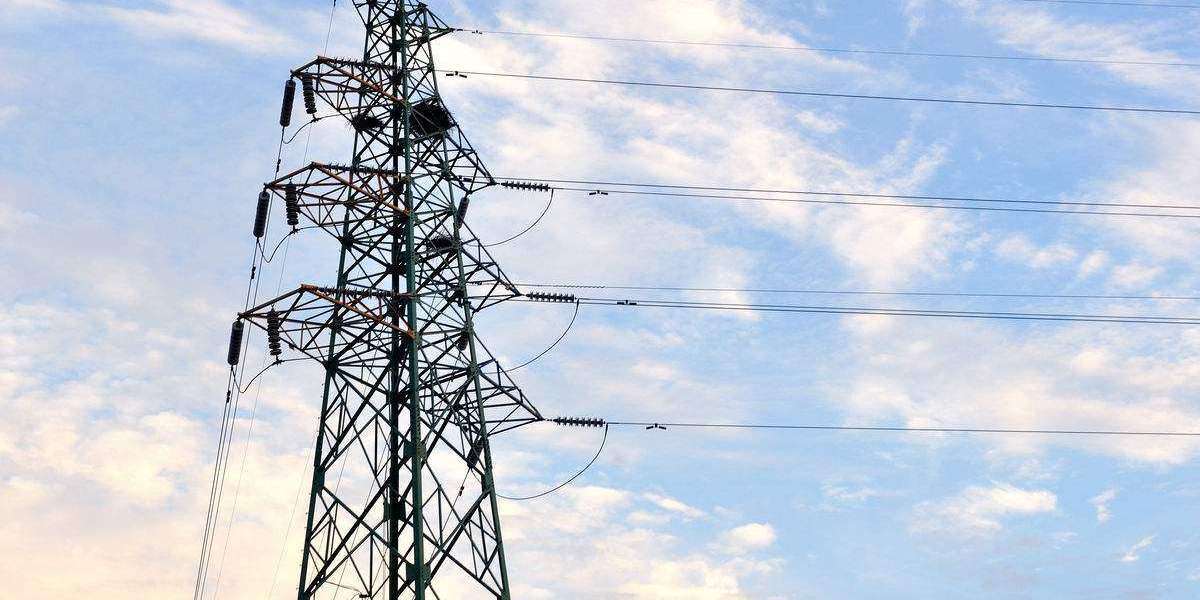In modern electrical infrastructure, overhead cables play a critical role in transmitting electricity across long distances efficiently and safely. From rural electrification to large-scale grid interconnection, these conductors ensure that power generated at plants reaches consumers without interruption. As the demand for high-performance transmission systems grows, global manufacturers like HNBF Power continue to innovate and supply superior-quality overhead cables engineered for strength, conductivity, and longevity.
What Are Overhead Cables?
Overhead cables are conductors installed above ground to transmit electrical energy over distances ranging from local distribution networks to interregional grids. These cables are typically supported by poles or towers and exposed to environmental factors like wind, rain, and temperature variations. Their design emphasizes mechanical strength, electrical conductivity, and resistance to corrosion and wear.
Common types of overhead conductors include:
AAC (All Aluminum Conductor): Ideal for short spans and urban distribution lines due to its high conductivity and lightweight properties.
AAAC (All Aluminum Alloy Conductor): Offers better strength and corrosion resistance than AAC, making it suitable for coastal or high-humidity environments.
ACSR (Aluminum Conductor Steel Reinforced): Combines high tensile strength with excellent conductivity, widely used for long-distance transmission lines.
ABC (Aerial Bundled Cable): Designed with insulated conductors bundled together to improve safety and reduce maintenance in distribution networks.
Technical Characteristics of Overhead Cables
High Tensile Strength:
Overhead cables must withstand mechanical stresses from wind loads, ice, and long spans. Reinforced cores (such as galvanized steel in ACSR) ensure stability under tension.Optimal Conductivity:
The use of aluminum or aluminum alloy conductors provides excellent current-carrying capacity while maintaining low weight for easier installation.Corrosion Resistance:
HNBF Power’s overhead cables are manufactured using anti-oxidation alloys and advanced surface treatments to ensure long-term reliability in harsh environments.Thermal Stability:
Designed to operate efficiently across varying temperature ranges, preventing sagging and minimizing energy losses.
Applications of Overhead Cables
Overhead cables are fundamental components in diverse power transmission and distribution projects, including:
High-voltage transmission lines for intercity and interstate power transfer.
Medium and low-voltage distribution networks for residential, commercial, and industrial applications.
Rural electrification projects, where overhead installations are cost-effective and easy to maintain.
Renewable energy integration, connecting solar farms, wind turbines, and hydroelectric plants to national grids.
Why Engineers and Buyers Choose HNBF Power Overhead Cables
As a global manufacturer and trusted supplier, HNBF Power specializes in high-quality overhead cables that meet international standards such as IEC, ASTM, and BS. The company’s production lines utilize advanced aluminum processing technology, precision stranding equipment, and strict quality control systems to ensure every conductor delivers superior electrical performance.
Key advantages of HNBF Power overhead cables include:
Custom-engineered solutions for diverse grid conditions and voltage requirements.
High mechanical strength ensuring minimal line sag and longer service life.
Compliance with international specifications to support cross-border power projects.
Comprehensive technical support from material selection to installation guidance.
By combining technical excellence with global supply capabilities, HNBF Power enables utilities, EPC contractors, and power companies to achieve efficient and reliable transmission performance.
Quality and Testing Standards
Every overhead cable produced by HNBF Power undergoes rigorous testing for:
Conductor resistance to verify electrical efficiency.
Tensile load testing to confirm mechanical integrity.
Surface inspection to eliminate defects and ensure uniform stranding.
Thermal cycling and corrosion tests to validate long-term durability in varied climates.
These processes ensure that each cable maintains consistent performance and safety standards over decades of operation.
Future of Overhead Cable Technology
With the global shift toward renewable energy and smart grids, the demand for high-efficiency overhead cables continues to rise. Innovations in materials such as composite cores and advanced aluminum alloys are further enhancing conductivity and reducing losses. HNBF Power remains committed to continuous improvement, developing advanced conductor technologies that meet future grid challenges.
Frequently Asked Questions (FAQs)
1. What factors determine the selection of overhead cable type?
Cable selection depends on transmission distance, voltage level, environmental conditions, and mechanical load requirements.
2. How long do overhead cables typically last?
With proper installation and maintenance, overhead cables can last 30–50 years depending on environmental exposure and conductor type.
3. Are ACSR cables better than AAAC cables?
ACSR offers higher tensile strength for long spans, while AAAC provides superior corrosion resistance—selection depends on project conditions.
4. What standards do HNBF Power’s overhead cables comply with?
HNBF Power manufactures in compliance with IEC, ASTM, BS, and other international standards.
5. Can HNBF Power customize overhead cables for specific voltage or environmental requirements?
Yes. HNBF Power provides tailored design and engineering support to meet unique project needs.
Conclusion: Partner with HNBF Power for Reliable Overhead Cable Solutions
Overhead cables remain the cornerstone of efficient and cost-effective power transmission systems. By integrating advanced materials, precision engineering, and global manufacturing expertise, HNBF Power delivers dependable conductor solutions trusted by utilities and EPCs worldwide.
Contact HNBF Power today to discuss your overhead cable requirements and discover how our customized solutions can enhance the performance of your transmission and distribution network.








